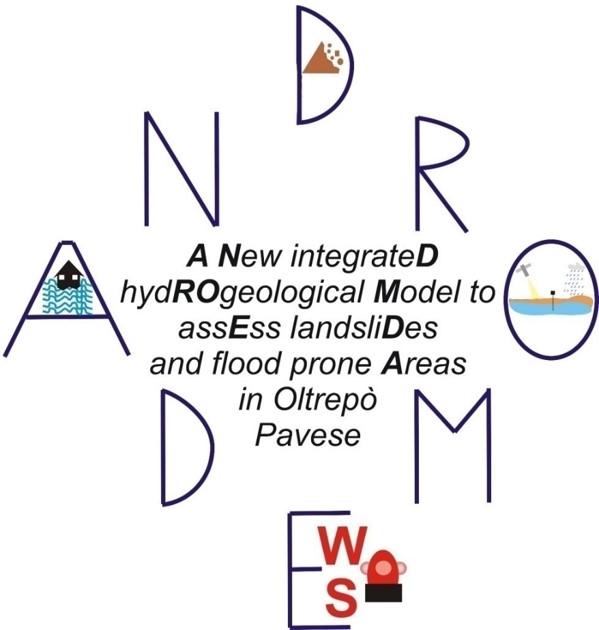Rainfall-induced shallow landslides and floods are the most common and dangerous natural hazards, mainly due to their high temporal frequency, causing fatalities and high economic damages worldwide. Climate changes will exacerbate this critical framework since an increase in extreme weather events is expected. Set-up of an adaptive strategy for the population seems strictly necessary in order to improve non structural measures as prediction and prevention systems. To assess shallow landslide and flood hazard, Early Warning Systems (EWS) have been developed, generally based on the definition of rainfall thresholds needed for landslide/flood triggering.
If these thresholds are present, they are especially defined by empirical or statistical techniques at regional scale, based only on measured rainfall data. Rainfall thresholds generally do not take into account soil hydrological conditions, in terms of saturation at the beginning of rainfall, which play an important role in both landslide triggering and flood formation process.
Nevertheless, the only use of rainfall measurements recorded by rain gauge stations for the assessment of the thresholds is sometimes restrictive, due to the large uncertainties affecting the measurement of rainfall caused by their limited spatial representativeness and the low density of currently available measuring networks. In the hilly and mountainous zones of Oltrepò Pavese there are very few meteorological stations, which cannot represent completely the geological, geomorphological and environmental differences of a large territory (over 800 km²).
Therefore, soil moisture data seem to be more useful to be used as triggering indicator of shallow landslide and flood events, enabling definition of early warning rainfall-soil moisture thresholds more representative of the actual soil conditions. Measurement devices of soil moisture are easier to use and produce a direct estimate of this parameter. Moreover, in the recent years, soil moisture data have become available over large areas (basin and regional scales), thanks to measurements obtained through satellite sensors, as the Advanced SCATterometer (ASCAT) and/or the Soil Moisture Active and Passive (SMAP) mission. Despite these advantages, soil moisture has been rarely used as proxy for imminent slope failure and shallow landslides triggering conditions. Its use for flood warning systems is still missing.
In this context, the objective of ANDROMEDA project is the development of a new integrated hydrological-hydraulic model to predict shallow landslides and floods occurrence in Oltrepò Pavese. The model will help in monitoring and modeling soil moisture conditions in the whole study area exploiting both remote sensing and ground observations. Moreover, the model will be able to simulate both flooding conditions and landslide hazards distributed over the territory. As operational output for Civil Protection activities, the model will return maps of flood and landslide prone areas and soil moisture-rainfall thresholds to use for the development of a prototypal Early Warning System for shallow landslide and flood prediction and for the mitigation of the hydrogeological risk. The operational tool will be extendable to other areas with features similar to the ones of test areas considered in this study.
To summarize, the significant steps proposed in comparison to the current state of the art are:
- exploitation of the more recent satellite missions providing high-quality products for rainfall and soil moisture, which represent the two key variables causing occurrence of shallow landslide and flood events;
- operational employment of satellite observations for Civil Protection systems aimed at the mitigation of natural hazards;
- definition of early warning rainfall-soil moisture thresholds more representative of the actual soil conditions;
- development of an integrated hydrological-hydraulic model able to incorporate satellite observations and to predict the occurrence of both shallow landslides and floods spatially distributed over the territory;
- development of a prototype Early Warning System that can be easily transferred to other regions suffering from hydrogeological risk.
